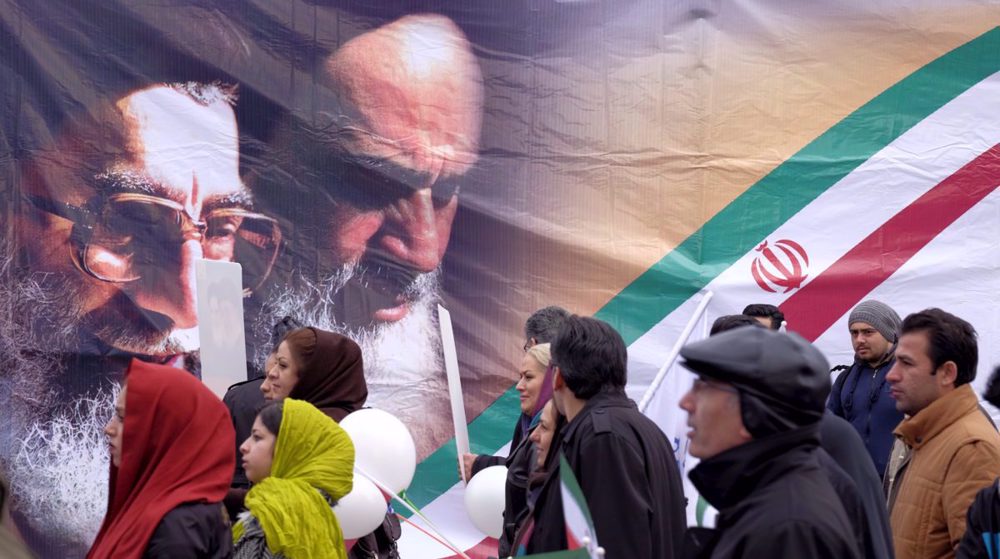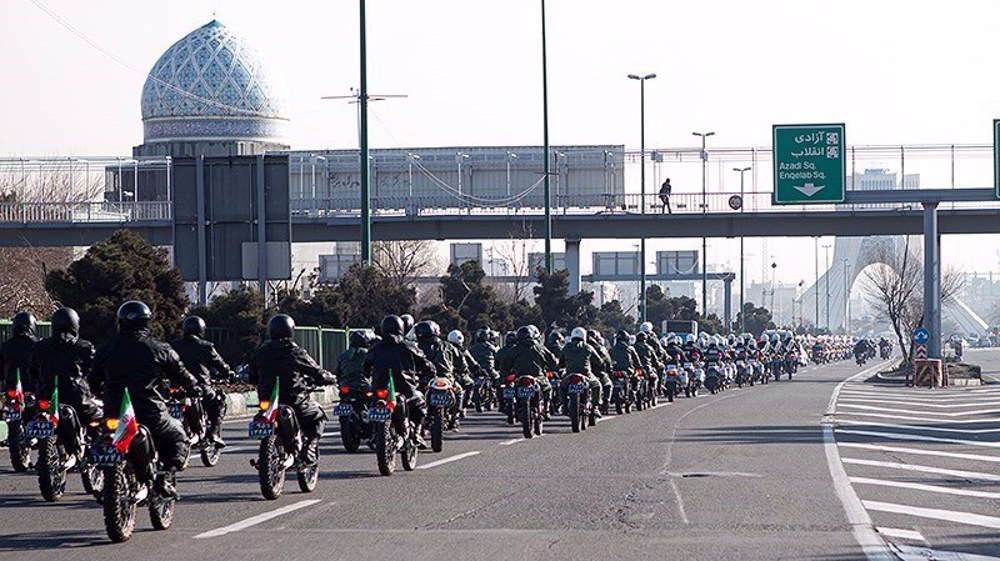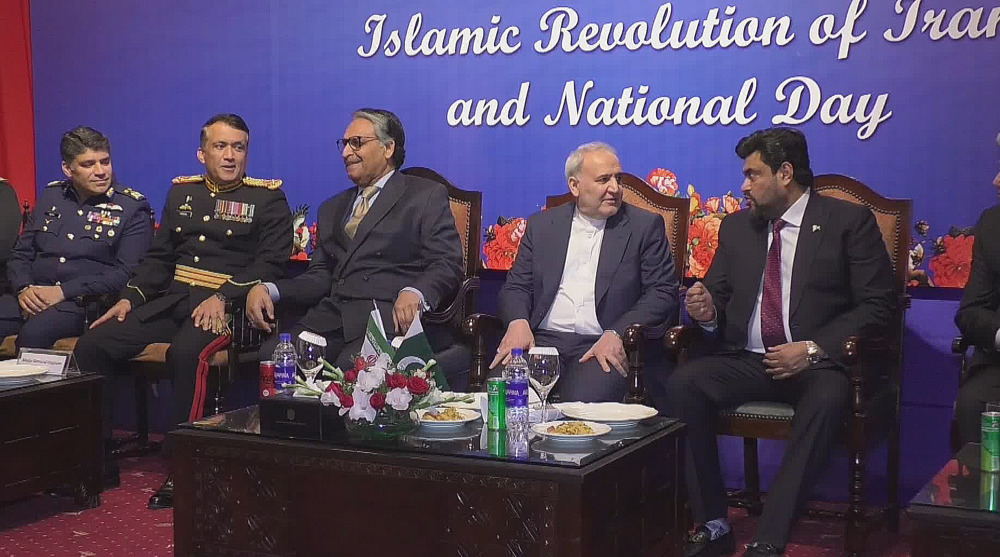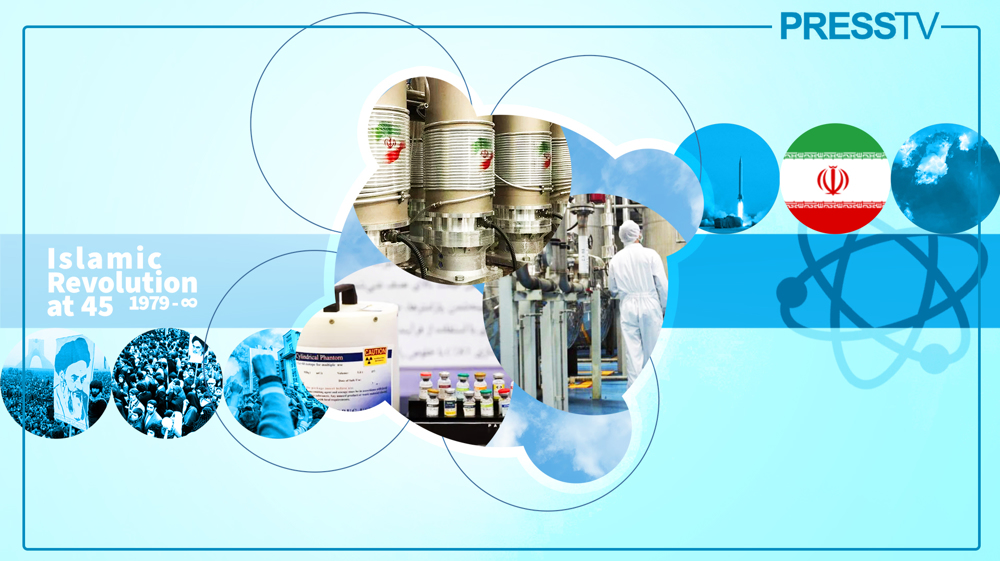It’s time West wakes up to reality of Islamic Revolution
By Syed Zafar Mehdi
One day in Paris, during Imam Khomeini's exile, there was a phone call from Tehran. It was Dr. Syed Mohammad Hosseini Beheshti on the line, Imam’s close confidante.
“For Imam's reception, we have planned a detailed program. Tell Imam that we will roll a carpet at the airport, decorate it with lights, and the parade will pass from Mehrabad Airport to Behesht-e-Zahra with helicopter,” he told Firdousi-Pur, who was in charge of Imam's office in Paris.
When the plan was communicated to Imam, with a characteristic grin, he said: “Go and tell them they are not welcoming Cyrus to Iran. This is not necessary at all! A student has left Iran and is returning. I want to be among my people and go with them, even if I get trampled upon.”
The flight back home after 14 years in exile was historic and the occasion was momentous. All eyes were on the architect of the Islamic revolution and his arrival in Tehran, even as nationwide protests against the Pahlavi regime and confrontation between protestors and military forces raged on.
Two weeks prior to Imam’s triumphant homecoming, the West-backed despot Reza Shah Pahlavi had fled the country, appointing his aide Shahpour Bakhtiar as the head of caretaker regime.
On board a chartered Air France Boeing 747, Imam sat quietly, surrounded by his close aides and journalists. Peter Jennings, a Canadian-American journalist, asked Imam: “What do you feel (about the return)?” His answer was profound: “Nothing!” Jennings repeated the question, and the answer was the same.
Control over emotions at that crucial, epoch-making moment was a testament to Imam’s lofty ideals, spiritual depth and extraordinary strength of character.
The ten-day period from Imam’s arrival on Bahman 12 to Bahman 22 changed the course of history. The final vestiges of the Pahlavi regime crumbled as people reclaimed their country with pride.
With the ouster of collaborators, America’s criminal interference in Iran also ended. It was about time that they packed up, which was triggered by the takeover of the ‘den of espionage’ by Iranian students.
The events of Bahman serve as a powerful reminder of how foreign powers and their pawns in Iran sought to destroy the country’s sovereignty and how the resilient Iranians fought to reclaim it back. People have not forgotten their history, which is evident by massive participation in the annual rallies.
Every year, around this time, we see patriotic songs being played on the streets and people marching in unison towards Maidan-e Azadi, which translates into ‘Freedom Square’, a reminder of sacrifices made by people to liberate themselves from the shackles of Pahlavi dictatorship.
Pictures of Imam Khomeini, the chief architect of the Islamic revolution and Ayatollah Khamenei, the present leader of Iran, dot the streets. Latter, a protégé of the former, has quite remarkably kept alive the illustrious legacy of his mentor and infused new life into the revolution. While Imam Khomeini led the first phase of the revolution, Ayatollah Khamenei has commendably led in its second phase.
What is remarkable is that the currents of the Islamic revolution have over the years spread far and wide. Today, it is a guiding code for every campaigner of truth and justice across the world. The glorious legacy of Imam and the martyrs has inspired people in different corners of the world. That’s precisely why we see rallies commemorating the anniversary of the Islamic revolution in different countries today.
When I took part in the Bahman 22 rally last year, the feeling was strangely beautiful. There was a hint of pride of walking alongside brave men and women who are making history every single day by unfailingly resisting the arrogant powers of the world. These people are the inheritors of a legacy that has survived more than the lifespan of many Western powers. It is difficult not to be overwhelmed by the way they wear this pride and patriotism on their sleeve.
The arrogant Western powers who still haven’t come to terms with the success of the Islamic revolution, have for the past 40 years unsuccessfully tried to bring a so-called “regime change” in Iran. They have resorted to the economic war to crush the will of people in Iran but the ploy has backfired. Much to their chagrin, Iran has not only survived but made rapid advancements in various fields.
This is what the great leader of Iran had envisioned. He was a product of the Karbala school of thought, where death with dignity is better than life with humiliation, where resistance against oppressors is a sacred duty, where martyrdom is a badge of honor for free men. The ideals remain the same in the second phase of the revolution, and the prime example is that of Gen. Qassem Soleimani.
Clearly, as we see, the perfidious plots of the enemies have proved futile. Their forty-year war against Iran has come to naught. Iran has managed to neutralize the impact of sanctions and reduced its overwhelming dependence on oil, in line with Ayatollah Khamenei’s instructions. It’s time Western powers acknowledge the reality of the Islamic revolution and respect the choice of the Iranians. As Iranians would say, it is not 1953 anymore. The country is stronger and mightier than ever.
Syed Zafar Mehdi is a Tehran-based journalist editor and blogger with over 10 years experience, he has reported extensively from Kashmir, India, Pakistan, Afghanistan and Iran for leading publications worldwide. Can be reached at armaan.journo@gmail.com.
Nigeria says 130 schoolchildren abducted by terrorists freed
Israel to ‘permanently’ arm 10,000 reserve forces after al-Aqsa Flood lessons: Report
VIDEO | Press TV's news headlines
VIDEO | No war for oil: Londoners protest US bullying Venezuela
VIDEO | French MP demands inquiry into arms sales to Israel
Iran-EAEU coop. paves way for 'powerful region': President Pezeshkian
VIDEO | Iranians celebrate Yalda Night nationwide
US in 'pursuit' of third Venezuelan oil tanker in Caribbean piracy series










 This makes it easy to access the Press TV website
This makes it easy to access the Press TV website